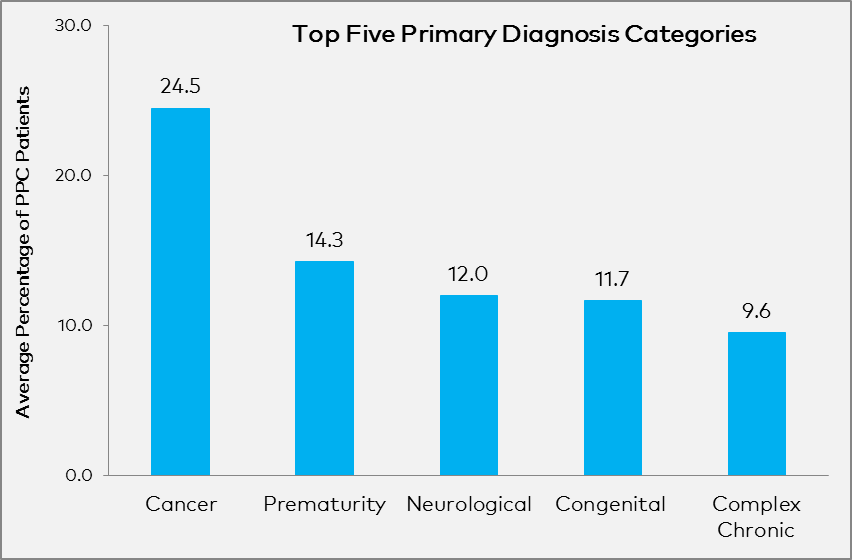
In most cases, the age of autism diagnosis is later in girls than it is in boys. Because autism is more common in girls than it is in boys, early diagnosis can often be associated with cognitive impairment. An earlier diagnosis of autism can help to avoid more serious cognitive impairments. Interestingly, data from 13 research sites did not show any racial disparities in the age of autism diagnosis. An analysis of further data revealed that Hispanics and Black children are more likely to have an autism diagnosis.
Language delay
It can be hard to tell if your child has ASD or language delays. However, you can have developmental screening done on your child. This will help you make informed decisions about your treatment. Early intervention and diagnosis are highly effective. It is best for children to be evaluated at the age of 18 months to 2 year. You can also look out for signs of language delay at home.

Education level
Autism spectrum children will often feel isolated socially and are reluctant to connect with new people. It can be difficult to assess their willingness to socialize. Some children are more passive than others and may not be willing to engage in social interaction. Others may be quieter and more reserved. Parents and teachers need to be able to evaluate the child and determine the best treatment options.
Gender
While there are many variables in the ratio of males and women with autism, the latest estimate is about 3:1. One of the earliest studies on autistic children showed a ratio four boys to one girl. But the ratio has since been lowered.
General cognitive ability
Autism diagnosis age and general cognitive ability are closely related. This is due to the correlation between ASD's common genetic variant and a higher general cognitive ability in the non-clinical population.
Migrant background
A significant connection exists between autism diagnosis and migrant background, especially for children. One in four children living in the United States are born to immigrant parents. Officially, autism affects one in 68 children. However, there are many factors that influence the prevalence. States report different numbers.

Language impairment
Language problems are a key feature of autism. They are central to the research. These deficiencies, which are often the first sign of autism, can be a key indicator of a child’s development course and prognosis.
FAQ
What is a healthcare system?
Health systems include all aspects related to care, from prevention and rehabilitation to everything in-between. It includes hospitals as well as clinics, pharmacies, community health services, long-term and home care, addictions, palliative care, regulation, finance, education, and financing.
Health systems are adaptive complex systems. They are complex adaptive systems with emergent features that cannot always be predicted by looking at each component.
The complexity of health systems makes them difficult to understand and manage. This is where creativity is needed.
Creativity can help us solve problems that we don’t have the answers to. We can use our imagination to think of new ways to improve and create new ideas.
Because health systems are constantly changing, they need people who can think creatively.
Thinkers who are creative can change the way the health system works for the better.
What are the different health care services?
A health care provider is a medical institution that offers healthcare services for patients. An example of a healthcare service is a hospital. It often includes multiple departments such as the emergency and intensive care units, pharmacy, outpatient clinics, and other healthcare facilities.
What are the three levels for health care facilities?
The first level of care is the general practice clinics, which offer basic medical services for patients that do not require hospitalization. They can also refer patients to other providers, if necessary. This can include nurse practitioners, general practitioners, and midwives.
The second level of care is primary care centers, which provide outpatient services that include emergency care. These include hospitals, walk in clinics, urgent care centres, family planning clinics and sexual health clinics.
The third level is secondary care centers which provide specialist services such as orthopedic surgery, eye surgeries, and neurosurgery.
What are the main functions and functions of a health-care system?
The health insurance system should be able to provide the necessary medical facilities for those who require them at a reasonable rate and allow everyone access to quality services.
This includes providing preventive health care, promoting healthy lifestyles, and appropriate treatment. It also includes equitable distributions of health resources.
How can I get free health insurance in my area?
You can apply for free health insurance if you qualify. You may be eligible for Medicaid or Medicare, CHIP. Children's Health Insurance Program, (CHIP), Tricare. VA benefits. Federal Employee Health Benefits. (FEHB). Military health plans. Indian Health Service (IHS).
Statistics
- Healthcare Occupations PRINTER-FRIENDLY Employment in healthcare occupations is projected to grow 16 percent from 2020 to 2030, much faster than the average for all occupations, adding about 2.6 million new jobs. (bls.gov)
- About 14 percent of Americans have chronic kidney disease. (rasmussen.edu)
- Over the first twenty-five years of this transformation, government contributions to healthcare expenditures have dropped from 36% to 15%, with the burden of managing this decrease falling largely on patients. (en.wikipedia.org)
- For the most part, that's true—over 80 percent of patients are over the age of 65. (rasmussen.edu)
- Foreign investment in hospitals—up to 70% ownership- has been encouraged as an incentive for privatization. (en.wikipedia.org)
External Links
How To
What is the Healthcare Industry Value Chain
The healthcare industry value chains include all the activities involved with providing healthcare services. This includes all business processes at hospitals and clinics. It also includes supply chains that connect patients to other providers like pharmacists and insurance companies. The final result is a continuum in care that begins with diagnosis, and ends with discharge.
The value chain consists of four major components.
-
Business Processes are the tasks carried out by employees throughout the entire health care delivery process. For example, a physician might perform an examination, prescribe medication, and then send a prescription to a pharmacy for dispensing. Each step must be done correctly and efficiently.
-
Supply Chains – The entire network of organizations responsible for ensuring that the right supplies reach those who need them. A typical hospital has many suppliers. They include pharmacies as well lab testing facilities, imaging center, and even janitorial employees.
-
Networked Organizations: To coordinate these entities, it is necessary to have some means of communication between them. Hospitals often have several departments. Each one has its own phone number and office. To ensure that everyone is up to date, every department will have a central point from which employees can access updates.
-
Information Technology Systems- IT is vital in ensuring smooth business processes. Without it, everything could go down quickly. IT can also be used to integrate new technologies into a system. Doctors can connect to a secure network connection in order to integrate electronic medical records into their workflow.